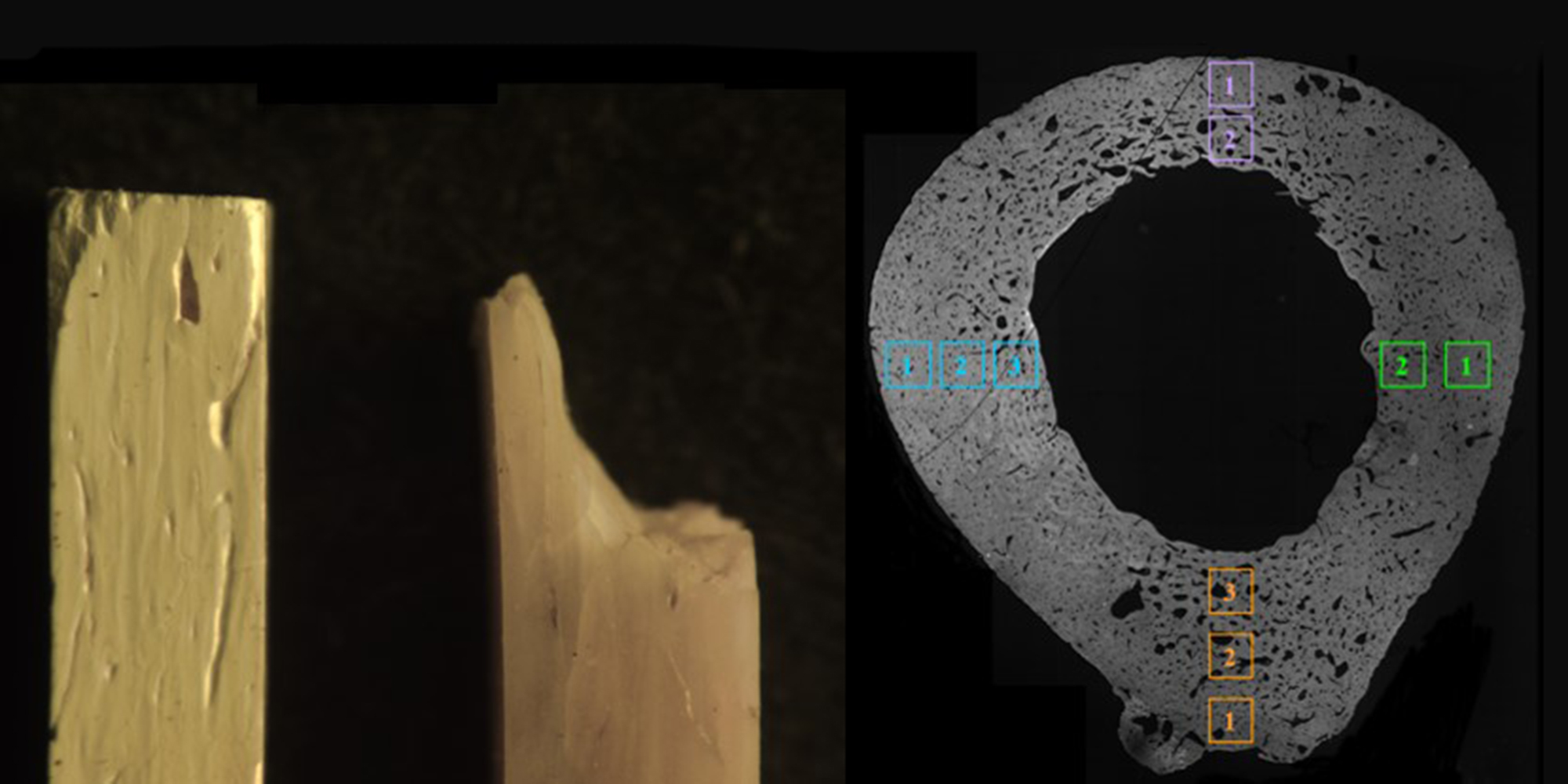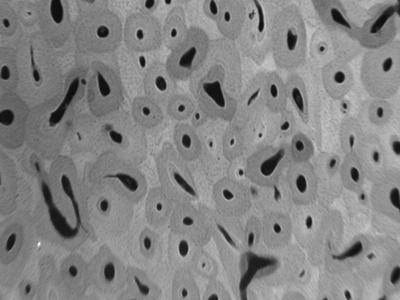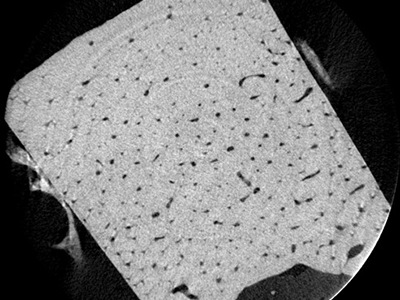The Melbourne Femur Research Collection (MFRC) was initiated in the early 1990s because of a need to answer a forensic problem.
Microscopic features in bone had been used for a number of decades up to that point, to estimate how old a person was at the time of their death. It is one of the important questions to answer about an unknown deceased person in order to find out who they were in life.
To improve the accuracy of this method, a team of researchers in Melbourne, collected bone from deceased people of known age and sex. These bones were collected with full consent from the person’s next-of-kin and in accordance with National Health and Medical Research guidelines.

It was soon determined by the research team that to try to determine the age at death of a person using microscopic features found in their bone was not very accurate, and therefore not useful in order to discover someone’s identity: the estimates obtained using all available methods only gave a possible age range of more than ten years- not helpful if you’re trying to identify an individual.
The bone collection had grown to over 100 samples at this stage, and interest was growing in other questions on age-related changes in bone research questions that could be answered by these samples: how bone deteriorates mechanically, and how osteoporosis develops and progresses. This is a disease of ageing that is devastating for people who suffer age-related fractures and an increased risk of dying or permanent physical impairment.


Work continued on the collection, now with a focus on research in osteoporosis and other age changes, sex difference in the structure of bone, collage fibre orientation and mechanical behaviour of bone always mindful of the high degree of variation between individuals of the same chronological age.
Researchers from disciplines in medicine, anthropology and bio-engineering have all been able to advance their research because of the existence of this collection.
Today, there are over 600 bone samples and 1000’s of image files held in the collection. Over 80 peer-reviewed scientific papers have been published on research based on bone samples in the collection, and research is conducted in collaboration with the Melbourne team by over eight separate international research groups. One of the conditions of conducting research on bone or imaging data in the collection is that any new data is returned to the collection. This enhances the body of knowledge on the collection to benefit future researchers.
The MFRC is now a permanent collection of the Faculty of Medicine Dentistry and Health Sciences at The University of Melbourne. It is also now deemed a collection of national and international significance.
Consequently the MFRC research data now resides on a bank of government-funded Mediaflux servers (VicNode). Physical specimens are securely stored at the Melbourne Dental School (MDS) and access to the collection is overseen by a committee of management from MDHS.
The collection and all the knowledge gained from research conducted with it would not exist without the altruistic acts of the next-of-kin at a very difficult time. We owe it to the donors and their families to gain as much knowledge from the collection, for the benefit of all humankind.